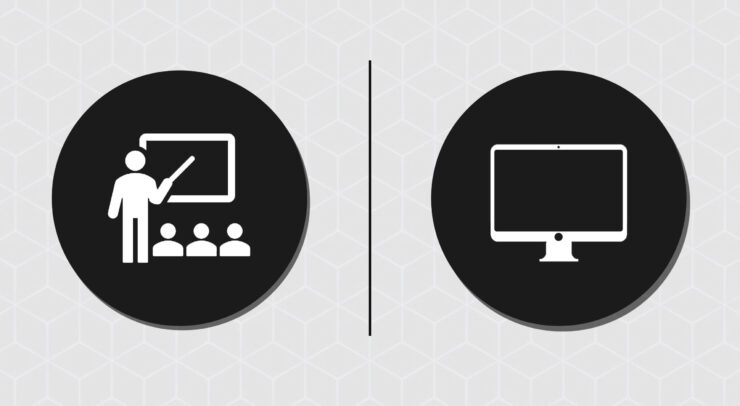U of O’s decision to cancel academic journal subscriptions raises more questions than answers
Before everybody gets their bookmarks out of order over University of Ottawa’s decision to cut academic journal subscriptions, let’s take a look at the library services more closely.
Of course, they’re not cancelling these subscriptions for any flippant reason. Running fully operational facilities like Morisset, Brian Dickson, and the Health Sciences library is expensive work and the university would definitely welcome the $1.5 million they will be saving by cutting out these subscriptions.
Plus, even if you are put out by the university’s lack of scholarly sources, remember, in the age of the Internet, where there’s a will, there’s a way to find information.
What I mean is that there are other options available to students to get the information they need. The University of Ottawa is already part of a network of university libraries throughout Canada. By requesting what’s called an interlibrary loan through a scholarly portal called RACER, students can access this super-library. So, if there are some library users who are upset about the cancellation of these subscriptions, they should be comforted by the fact that if we don’t have a publication another university might.
But debating whether or not the U of O’s decision to cancel these subscriptions is a good or bad idea is really beside the point. The main issue here is the process by which the decision is made in the first place.
In other words, what is the condition of our holdings, their current value, and how much room do we feasibly have to store them? Of the materials that we decide not to use, how are we checking whether or not they’re worthwhile?
Furthermore, what are other similar libraries doing and why? What is the national demand for these publications?
Researchers should also know who selects these publications in the first place, and of these publications, how many will be accessible through an interlibrary loan anyway? Maybe it would be wise to cut some, and not others, but it’s important to make sure the information is examined properly and transparently.
As it stands, the only readily available information on these issues has been sparse at best.
A new organizational system regarding the selection of publications would need to be done by available experts in their field with long-term vision.
So, no matter what happens to the thousands of print and online journals in the not too distant future, one thing remains certain: library services needs to be more transparent about how it stores, catalogues, and selects its scholarly sources.





